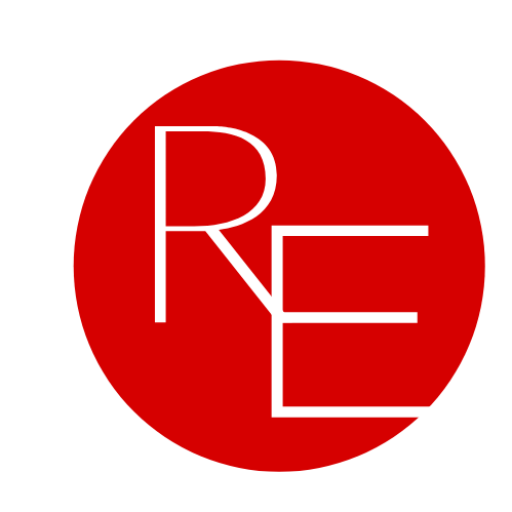Credit Card Debt: The Hidden Barrier to Homeownership for 20% of Americans
As inflation soars and the housing market remains highly competitive, an increasingly insidious problem is making it even harder for many Americans to achieve the dream of homeownership. This issue is not tied to fluctuations in housing prices or mortgage rates, but rather to an often-overlooked financial burden: credit card debt. Recent studies reveal that credit card debt has emerged as a significant barrier to homeownership, affecting around 20% of potential homebuyers in the United States.
The Impact of Credit Card Debt on Homeownership
In 2022, a study by the real estate data company Clever highlighted that approximately 18% of Americans with credit card debt were unable to purchase a home due to their financial obligations. This statistic is alarming and indicative of a broader issue affecting many prospective buyers. Furthermore, a survey conducted by Rocket Homes uncovered that 46% of Americans believe credit card debt significantly hindered their efforts to buy a home, while another 36% felt it had a moderate impact.
The Rocket Homes survey also shed light on an unsettling comparison: credit card debt was found to be a more substantial obstacle to homeownership than student loans or medical debt. This underscores the severity of the problem and highlights the urgent need for prospective homebuyers to address their credit card debt.
Rising Credit Card Balances
The problem of mounting credit card debt is not just a theoretical concern but a growing reality for many Americans. According to a report by the Federal Reserve Bank of New York, credit card balances surged by $38 billion in the second quarter of the year, marking a 15% increase year-over-year. This represents the largest spike in credit card debt in over two decades. Such a rapid increase in credit card debt compounds the challenges faced by individuals trying to save for a home.
In a broader context, the economic pressures of high inflation have exacerbated this issue. Inflation has led to higher costs for everyday goods and services, prompting many individuals to rely more heavily on credit cards. As a result, credit card debt has been accumulating at a faster pace than ever before.
The Financial Burden of Credit Card Debt
A recent economic survey by the AARP found that 41% of adults aged 30 and older are carrying credit card balances month-to-month. The average amount of credit card debt for these individuals stands at $7,100. This substantial debt load is largely attributed to everyday expenses, underscoring how routine financial pressures can lead to significant debt accumulation.
Gary Koenig, the vice president of financial security at AARP, explained the broader implications of this trend. “Consumers of all ages are feeling the impact of inflation. Many living on a fixed income have had to cut back on basics, while others have struggled with debt or delayed their retirement plans altogether. Rising prices not only impact consumer spending, but also make managing debt and saving for the future a steeper hill to climb.”
Strategies for Managing Credit Card Debt
Given the substantial impact of credit card debt on homeownership, it is crucial for individuals to explore strategies for managing and reducing their debt. One effective method is consolidating high-interest credit card debt into a personal loan with a lower interest rate. By doing so, individuals can often reduce their monthly payments and save money in the long term.
Personal loans typically offer lower interest rates compared to credit cards, making them a viable option for those looking to alleviate their credit card debt burden. For example, if you have a significant amount of high-interest credit card debt, consolidating it into a personal loan could result in substantial savings on interest payments.
To explore this option, consider using a platform like Credible, which allows you to compare personal loan offers from multiple lenders without impacting your credit score. This can help you find the best loan terms and potentially save money on your debt.
The Broader Economic Context
The interplay between high inflation and growing credit card debt highlights the broader economic challenges facing American consumers. Inflation has led to increased living costs, which, in turn, has driven many individuals to rely on credit cards for everyday expenses. This reliance on credit cards contributes to higher levels of debt, which can create a vicious cycle of financial strain.
For many, the burden of credit card debt is compounded by other financial obligations, such as student loans or medical expenses. While these additional financial pressures are significant, the high interest rates associated with credit card debt can make it particularly difficult to manage and reduce overall debt levels.
The Path Forward
Addressing credit card debt is essential for those aspiring to become homeowners. By taking proactive steps to manage and reduce their debt, individuals can improve their financial situation and increase their chances of qualifying for a mortgage. Key strategies include creating a budget, cutting unnecessary expenses, and exploring debt consolidation options.
It is also important for prospective homebuyers to educate themselves about their financial options and seek professional advice if needed. Financial advisors and debt counselors can provide valuable guidance on managing debt and planning for homeownership.
In addition to individual efforts, policymakers and financial institutions can play a role in addressing the broader issue of credit card debt. Initiatives aimed at improving financial literacy, offering lower interest rates, and providing support for debt management can help alleviate the financial pressures faced by many Americans.
Conclusion
Credit card debt has emerged as a significant barrier to homeownership for many Americans, with approximately 20% of those with credit card debt being unable to purchase a home due to their financial situation. The rising levels of credit card debt, driven by high inflation and increased living costs, exacerbate this issue and create additional challenges for prospective homebuyers.
